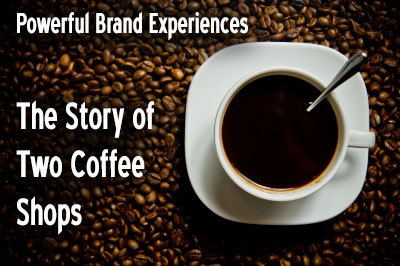Twitter Chats let you get info, insight, and real-time interaction with the brightest minds in the Social Media universe.
Twitter chats are an invaluable source of insight, discussion, and debate. If you’ve never participated in one, they can be quite overwhelming! The stream of tweets in a Twitter Chat is actually more like a class-5 rapid. It’s difficult, if not impossible, to actually read every single tweet that goes through on a certain hashtag, but for the most part, the real gems of discussion will undoubtedly appear more than once as they get retweeted or quoted, so the key topics are always easy to spot.
Twitter Chats typically recur on a weekly basis, same day, same time, and cater to a very wide variety of topics. There are chats for any subject of interest that you could possibly have, and I’d like to point out three key Twitter Chats that anyone in business can definitely benefit from. Here are the ones that are 100% worth a look:
#bizforum – The newest of these three, Bizforum has been operating for a couple of months so far, and the results have been (in my opinion) incredible. Bizforum takes the form of a Twitter debate, posing a topic to the group each week, which consists of 4 sub-topics discussed throughout the chat. Things can get heated, as the moderators encourage you to avoid the ‘It depends..’ point of view in favor of stating your opinion and your reasons why. It’s a rapid-fire learning experience that brings the best of both sides of an issue in to the limelight.
#bizforum recurs every Wednesday evening, 8pm EST
Moderated by @samfiorella and the team at @senseimarketing – more details here: http://socialroadmaps.blogspot.com/2011/05/bizforum-is-born.html

#brandchat – If you have any questions about branding, this is the chat that will answer them. Brandchat has been operating longer than I can remember, and has a substantial following including some of the greatest minds in the world of branding. Topics change each week, but the overarching subjects fall in to one of four categories that rotate each week including Small Business Brands, Personal Brands, etc. #brandchat is a great chat to get involved in if you’re working to build a brand of any type. The content that gets shared here is always top-notch.
#brandchat recurs every Wednesday morning at 11am EST
Moderated by @brandchat and the team over at http://brandchat.info

#blogchat – One of the longest running Twitter chats in existence, Blogchat is the brainchild of Mack Collier. It’s focus, of course, is Blogs and everything to do with them. In addition to simply providing solid tips and great advice for bloggers of all skill levels, Blogchat actually reviews blogs throughout the chat discussion that have been submitted by anyone who wants their blog looked at. This is an amazing opportunity to learn from the best, and get tips to take your blogging efforts to new heights. If you’re a veteran blogger, or a newbie, there is always something that you will learn here and be able to apply for immediate results on your blog.
#blogchat recurs every Sunday evening at 9pm EST
Moderated by @mackcollier – more details at http://mackcollier.com/social-media-library/what-is-blogchat/
I’d encourage anyone looking for a forum to throw around new ideas, get advice, tips, and help for anything related to business in the online space to check out any or all of these Twitter Chats. With the quality of discussion I’ve experienced personally, and the great ideas that present themselves every week, I’ve got the distinct feeling you won’t be disappointed!
This article originally written for http://crowdshifter.com













![Reaching 200 Million Accounts: Twitters Explosive Growth [INFOGRAPHIC]](http://mashable.com/wp-content/uploads/2011/07/twitter-evolution-360.jpg)




![Happy 4th Anniversary, iPhone [INFOGRAPHIC]](http://mashable.com/wp-content/uploads/2011/06/iphone-infographic.jpg)